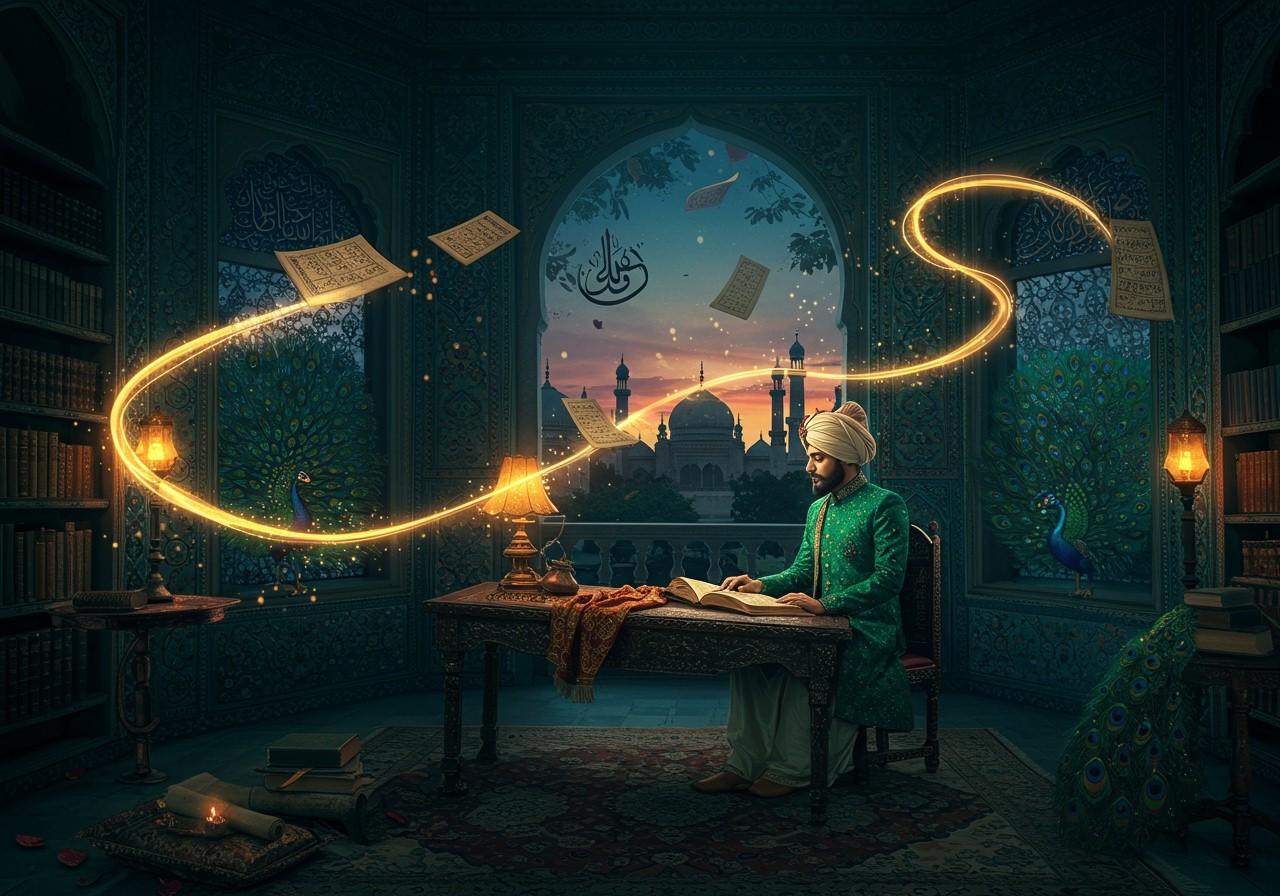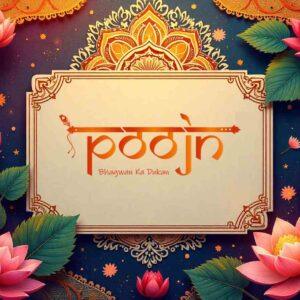
Urdu, a captivating Indo-Aryan language, primarily flourishes in South Asia. Its vibrant journey, originating around the 12th century during the Delhi Sultanate, began in the Meerut region of Western Uttar Pradesh, near Old Delhi. This region, close to the historical and cultural hub of Delhi, played a crucial role in Urdu’s development, shaping its unique character and influencing its trajectory.
The Intertwined Histories of Urdu and Hindi
Urdu and Hindi share a close-knit bond, much like siblings from the same family tree. Their foundation lies in Sanskrit and Prakrit, contributing to similar grammar, syntax, phonology, and core vocabulary. Often viewed as registers of Hindustani, their mutual intelligibility diminishes with formality. Urdu’s literary and technical vocabulary draws heavily from Persian and Arabic, while Hindi leans towards Sanskrit for such terms, creating nuanced differences between these two influential languages.
The Rich Tapestry of Urdu’s Influences
Urdu’s vocabulary is a vibrant mosaic, reflecting the diverse cultural influences that have shaped its evolution:
- Sanskrit & Prakrit: These ancient languages serve as the bedrock of Urdu’s vocabulary, particularly words of Indo-Aryan origin. They provide the foundational elements upon which Urdu’s rich lexicon is built.
- Persian: The Persian language has profoundly impacted Urdu’s vocabulary and literary traditions. Its influence is evident in the elegant expressions and poetic nuances that characterize Urdu literature.
- Arabic: Many religious and formal terms in Urdu are derived from Arabic, reflecting the deep connection between the two cultures. This influence is particularly prominent in religious discourse and scholarly works.
- Turkish: Although not genetically related, Urdu has borrowed vocabulary and pronunciation from Turkish. Notably, the word “Urdu” itself comes from the Turkish word “Ordu,” meaning army, highlighting a unique linguistic exchange.
- Hindi: Urdu shares its fundamental grammatical structure with Hindi. This shared framework provides a common ground for these two languages, despite their differences in vocabulary and formal style.
- Chagatai: During the Mughal era, this Central Asian language left its mark on Urdu. This influence reflects the historical interactions and cultural exchanges between the Mughal Empire and Central Asia.
- Prakrit: As an ancient Indian language, Prakrit played a significant role in Urdu’s early development. It contributed to the foundation of Urdu’s grammatical structure and vocabulary, shaping its evolution into the language we know today.
Urdu’s Evolution and Script
Initially known as Hindavi or Old Hindi, Urdu evolved by absorbing vocabulary from Persian, Arabic, and Turkish. This integration of diverse linguistic elements created a unique language that reflected the cultural melting pot of the region. Urdu is written in a modified Perso-Arabic script, distinguishing it from Hindi’s Devanagari script. This difference in script is a key visual marker of the distinct identities of these two closely related languages.
Urdu’s Rise to Prominence
In 1837, during British rule in India, Urdu replaced Persian as the official language in northern India. It served as a literary medium for British colonial Indian writers from Bombay, Bengal, Orissa, and Hyderabad, demonstrating its widespread influence. Today, Urdu stands as the official language of Pakistan, underscoring its importance in the region, even though it may not be the native language for a significant portion of the population. Its role as a unifying language reflects its historical significance and cultural reach.
Poojn’s Sacred Offerings: Connecting Through Language and Ritual
At Poojn.in, we recognize the deep connections between Urdu, Arabic, and Persian influences in Indian spiritual practices. We offer a wide array of products that reflect this rich cultural heritage, including Aguru (اگرو), also known as agarwood. This sacred ingredient holds special significance across multiple cultural traditions, demonstrating the rich linguistic and cultural exchange that has shaped our spiritual practices.
Aguru’s distinct woody fragrance makes it a prized element in religious ceremonies. At Poojn.in, we provide premium quality Aguru products that meet the highest standards of purity and authenticity. Our carefully sourced Aguru is perfect for various spiritual practices, serving as a powerful cleanser and protector. Complement your spiritual practices with our pure cotton white dhoti, perfect for wearing or offering during puja.
Celebrating Urdu’s Global Legacy
Urdu’s journey is a testament to its vibrant and diverse origins. From its beginnings in Western Uttar Pradesh to its current global presence, Urdu bridges cultures with grace. Its rich blend of influences makes it a living example of cultural harmony. Explore the cultural impact of ancient traditions and discover the beauty of shared heritage. As the official language of Pakistan and a cherished language in India, Urdu continues to inspire worldwide.
FAQs on Urdu and its Connections
Are Urdu and Arabic similar? Urdu and Arabic share similarities in script and some vocabulary, particularly in religious contexts. However, they are distinct languages with different grammar and structures. Urdu’s grammar is more closely related to Hindi.
Are Urdu and Arabic the same? No, Urdu and Arabic are distinct languages. While Urdu uses a modified Perso-Arabic script, the languages themselves have different origins and grammatical structures.
Are Urdu and Farsi/Persian similar? Yes, Urdu and Persian share a close historical connection. Persian significantly influenced Urdu’s vocabulary, literature, and poetry. Despite these similarities, they remain distinct languages with different grammar rules.
What is the difference between Urdu and Arabic? The primary difference lies in their linguistic roots. Urdu is Indo-Aryan, influenced by Persian and Hindi, while Arabic is Semitic. Their grammar, pronunciation, and vocabulary differ significantly.


